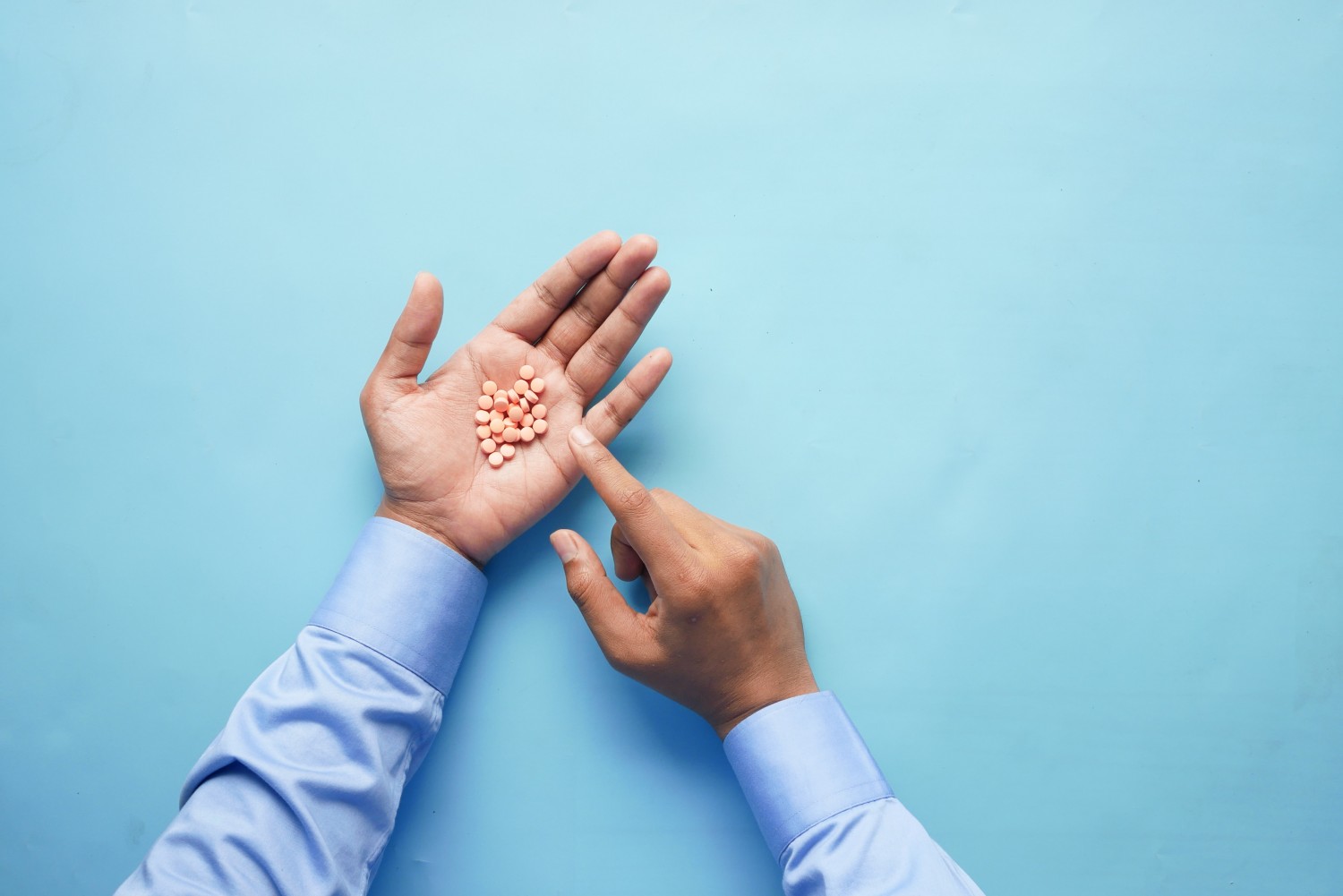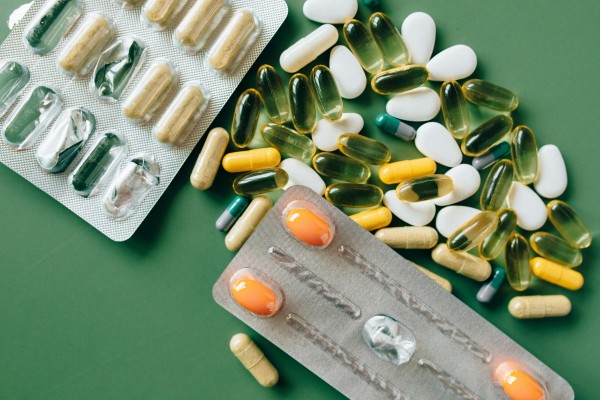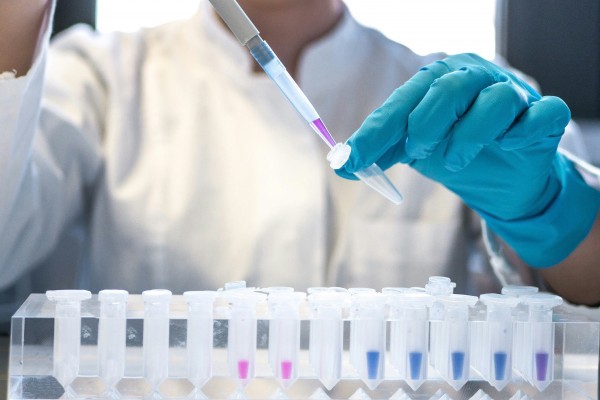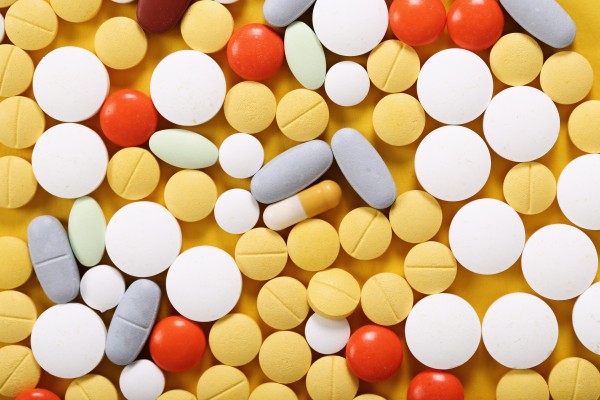On November 10, a meeting of the BRICS Working Group for the Research of Competition Issues in Pharmaceutical Markets was held as part of the VII International Research and Practice Conference "Antitrust Policy: Science, Practice, Education" organized jointly by the BRICS Competition Law and Policy Centre, FAS Russia and the Skolkovo Foundation.
The participants discussed antimonopoly measures taken with the aim of stabilizing and maintaining competition in the pharmaceutical markets and considered possible mechanisms for improving state regulation and international practices on the given issue. The meeting was moderated by Elena Kloster, Head of the Department for Control over Public Health Service of FAS Russia.
The most important measure of antimonopoly response aimed at providing drugs to the population and supporting the pharmaceutical market is a mechanism of compulsory licensing, said Alexey Ivanov, Director of the BRICS Competition Law and Policy Centre.
The mechanism of compulsory licensing was launched in Russia in 2021 (see the case with the drug remdesivir), but has not yet become a system, although there is a regulatory framework and social and economic demand for it. Alexey Ivanov considers sofosbuvir for treatment of hepatitis C to be the next candidate for compulsory license — in Russia it is several times more expensive than in comparable countries, and this is a typical situation with many important drugs.
"Now, when global pharmaceutical corporations are delaying deliveries due to logistics problems, it is necessary to create conditions for effective and rapid import substitution. It is necessary to compromise on the protection of intellectual rights,"
the expert believes.
Intellectual property is a tool of economic policy. If it does not work, it is either sharpened or discarded and replaced by another.
Compulsory licensing is a milder tool than the principle of local work, which requires the company to manufacture the goods protected by the patent in the territory of the state. The local work requirement was in effect in many countries in the first half of the 20th century. If a company refused to manufacture locally, its patent was invalidated.
"Patents are granted to enable people to use something new, to raise the level of science, technology and production. If a company does not produce anything in a particular country and does not let others do it, then a patent simply does not do any good,"
emphasized Alexey Ivanov. In his opinion, it is necessary to finally introduce compulsory licenses and to formulate requests for specific drugs with patient organizations and pharmaceutical manufacturers. The BRICS allies India and South Africa, which have actively used this mechanism and have accumulated great experience in this area, can help develop the compulsory licensing mechanism.
The director of the BRICS Centre also called for the removal of barriers to the market introduction of domestic generics. Today their manufacturers cannot use the clinical trial data of the original drugs in their work. By restricting access to data, large pharmaceutical companies de facto extend patent protection, because the generic does not have time to appear on the market by the time the patent expires.
Besides, another important step for the development of the Russian pharmaceutical industry will be the country's exit from the Eurasian Patent Organization, which creates a distorted model for registration of patent protection in Russia, Ivanov is convinced.
Chen Qianting, Deputy Director of the Antimonopoly Bureau, State Administration for Market Regulation, P.R.China, gave a brief overview of the antimonopoly measures that are used to regulate the pharmaceutical sector in China. In November 2022, guidelines were issued to eradicate monopolies on active pharmaceutical ingredients. China leads in the production and export of these products. The new guidelines say smaller API companies are encouraged to report to authorities their market concentration deals, such as mergers and acquisitions, when they may undermine market competition, even though the companies' annual turnover is lower than the threshold for obliged reporting. Since its inception in 2018, China's State Administration for Market Regulation (SAMR) has collected 1.3 billion yuan in fines from violators in the pharma market.
Liliya Titova, Executive Director of the Union of Professional Pharmaceutical Organizations, noted the highly competitive nature of the Russian pharmaceutical market. 20,000 items on the State Register of Medicines are produced and supplied by 600 Russian plants and 1,000 foreign sites. It is competition that helps keep prices down and provide uninterrupted supply to health care institutions and pharmacies.
"This year's experience has shown that in a period of instability, the pharmaceutical market has survived because there are so many manufacturers who can supply the same drugs,"
stressed Lilia Titova.
Thembalethu Buthelezi, Principal Economist of the Competition Commission of South Africa, noted that the South African regulator has a system for monitoring price changes on the pharmaceutical market, but no tools for the real regulation of prices. The issue of determining the criterion of innovativeness in relation to patents has also become an important challenge for the competition authority. The Competition Commission is working to promote the production of generics and to stop patent-related abuses.
Irina Knyazeva, Dr.sc.oec, Professor, Head of Center for Competition Policy and Economics, Siberian Institute of Management, RANEPA, presented the development of the system of criterial selection of contractors and formation of the final sales prices of pharmaceutical companies. She spoke in detail about the system of evaluation of potential business partners in the pharmaceutical market and urged the companies to be guided by public ratings and analyze business processes to prevent antitrust risks.
Elif Sıdıka Sarı Yıldız, Сompetition Expert, Case Handler at the Supervision and Enforcement Division of Turkish Competition Authority, presented the case of Roche and Novartis collusion to promote the more expensive eye medicine Lucentis over the cheaper Altuzan. As a result, Turkey's Antimonopoly Committee fined Novartis 165.5 million liras (about $22.3 million) and Roche 113 million liras ($15.3 million).
Yana Kotukhova, Chairman of the AEB Committee on Healthcare and Pharmaceuticals, noted that all pharmaceutical companies-members of AEB continue to work in the Russian market and provide uninterrupted supply of medicines. To further fine-tune the Russian Government Resolution No.1771 related to the issues of price regulation of drugs from the list of vital and essential drugs (VED), the speaker made several proposals: (1) to introduce a mechanism to control the actions of companies that do not provide timely information on the planned volumes of drugs put into civil circulation, which makes it impossible to fix defects in a timely manner. (2) provide for the possibility of initial re-registration of the price after revision under Decree No.1771 in perpetuity. It was also proposed to create on the basis of FAS a working group or expert council to discuss approaches to improve the affordability of innovative drugs by strengthening the mechanism of special innovative procurement and negotiation procedures for them.
Ujjwal Kumar, Associate Director of CUTS International, Deputy Head of CUTS-CCIER, spoke about the history of the patent law that has been in force in India since the 1970s and noted that today India actively promotes the localization of pharmaceutical production.
"Studying India's experience will help understand how to adapt the provisions of patent law and intellectual property rights to national peculiarities,"
the expert stressed.
For example, Section 3(d) of Chapter 2 of the Indian Patent Act and the guidelines for substantive examination of applications allow to fight "evergreening" patents, as they do not consider the mere discovery of a new form of a substance, its new properties or new uses as grounds for patenting.
The fact is that international pharmaceutical companies first patent the basic original substance for 20 years, and after that time they make small changes in the formula or dosage and apply again for registration of the same drug. Prolonged patent protection for drugs is contrary to the interests of companies producing analogues of these drugs, emphasized Ujjwal Kumar. India has successfully curbed such practices and is ready to share its experience.




